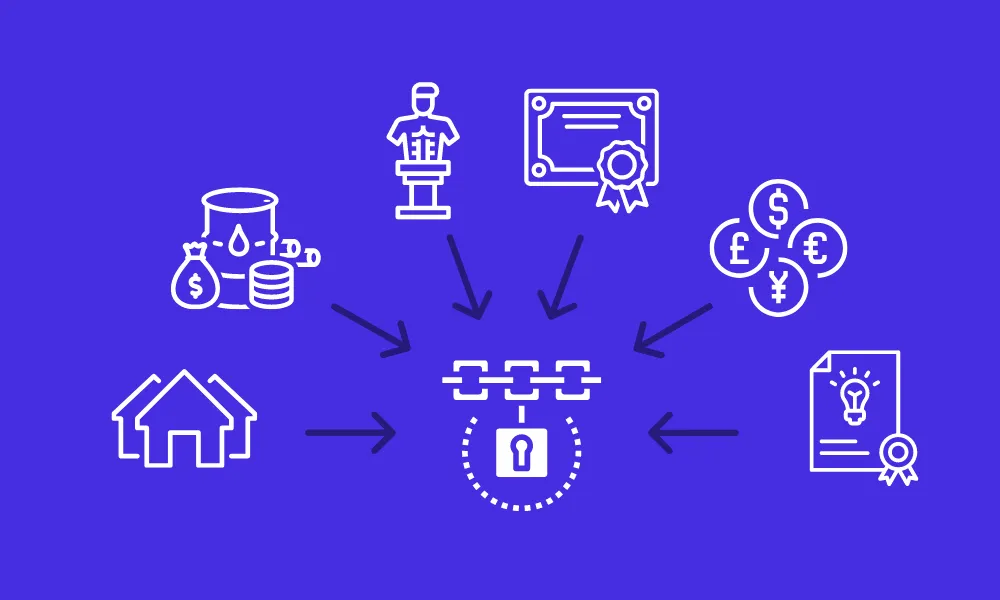Blockchain vs Traditional Banking: Will Crypto Replace the Financial System?
The emergence of blockchain and cryptos is causing a seismic shift in the way we consider money, financial services. While these cutting edge technologies go from strength to strength, one important question hovers in the background: Can they replace traditional banking systems completely?
Understanding the Two Systems
Traditional Banking: The Established Framework
The foundation of global finance for many centuries have been the traditional banking systems. These are all enterprises functioning on a centralised system, where banks play the role of trusted intermediaries for:
-
Managing deposits and savings
-
Facilitating loans and credit
-
Processing payments and transfers
-
Providing investment services
The system is characterized by robust regulatory oversight, established consumer protections, and deep integration with government monetary policies.
Blockchain: The Digital Revolution
The blockchain is a revolution in the way of doing financial operations. The distributed ledger system works in a radically different manner than traditional banking:
-
Decentralized control with no single authority
-
Peer-to-peer transactions without intermediaries
-
Cryptographic security ensuring transaction integrity
-
Transparent yet private financial operations
Comparative Analysis
Transaction Efficiency
Blockchain technology offers several advantages over traditional banking:
-
Near-instantaneous settlement times
-
24/7 operation without banking hours
-
Lower transaction fees, especially for international transfers
-
Reduced paperwork and administrative overhead
However, traditional banks still maintain advantages in:
-
Processing capacity for high-volume transactions
-
Established interfaces with existing financial systems
-
Familiar user experience for most customers
Security and Risk Management
Both systems face unique security challenges:
Traditional Banking:
-
Protected by established regulatory frameworks
-
Backed by government deposit insurance
-
Vulnerable to centralized points of failure
-
Subject to systemic risks
Blockchain:
-
Enhanced cryptographic security
-
Reduced risk of central point failures
-
Immutable transaction records
-
Susceptible to technological vulnerabilities
The Path Forward: Integration Rather Than Replacement
The future of finance likely lies not in the complete replacement of traditional banking but in the strategic integration of blockchain technology. This hybrid approach is already emerging through:
Central Bank Digital Currencies (CBDCs)
-
Government-backed digital currencies
-
Combining blockchain efficiency with traditional monetary policy
-
Enhanced control over money supply and circulation
Innovation in Traditional Banking
-
Banks adopting blockchain for specific operations
-
Improved cross-border payment systems
-
Enhanced security and transparency
Key Challenges and Solutions
Regulatory Compliance
The cryptocurrency sector must address:
-
Anti-money laundering (AML) requirements
-
Know Your Customer (KYC) regulations
-
Consumer protection standards
Technological Infrastructure
Successful integration requires:
-
Scalable blockchain solutions
-
Improved energy efficiency
-
Enhanced user interfaces
-
Interoperability between systems
Frequently Asked Questions
Q: Can cryptocurrencies completely replace traditional banking? A: While cryptocurrencies offer significant advantages, a complete replacement is unlikely in the near term. Instead, we're seeing an integration of blockchain technology within existing financial systems.
Q: Are cryptocurrencies safer than traditional banks? A: Both systems have different security strengths and vulnerabilities. Traditional banks offer institutional protection and insurance, while cryptocurrencies provide cryptographic security and reduced central point failures.
Q: How will blockchain affect banking jobs? A: Rather than eliminating banking jobs, blockchain technology is likely to transform them, creating new roles focused on digital asset management and blockchain operations.
Q: What are the main barriers to cryptocurrency adoption? A: Key barriers include regulatory uncertainty, price volatility, technological complexity, and the need for improved user interfaces.
Conclusion
Blockchain and conventional banking are shifting in a complementary rather than competitive way Though cryptocurrencies and blockchain technology are changing financial services, they will likely help rather than take the place of traditional finance.
The future of finance will likely be characterized by:
-
Hybrid systems combining the best of both worlds
-
Enhanced efficiency through technological integration
-
Improved accessibility to financial services
-
Greater choice for consumers in financial products









